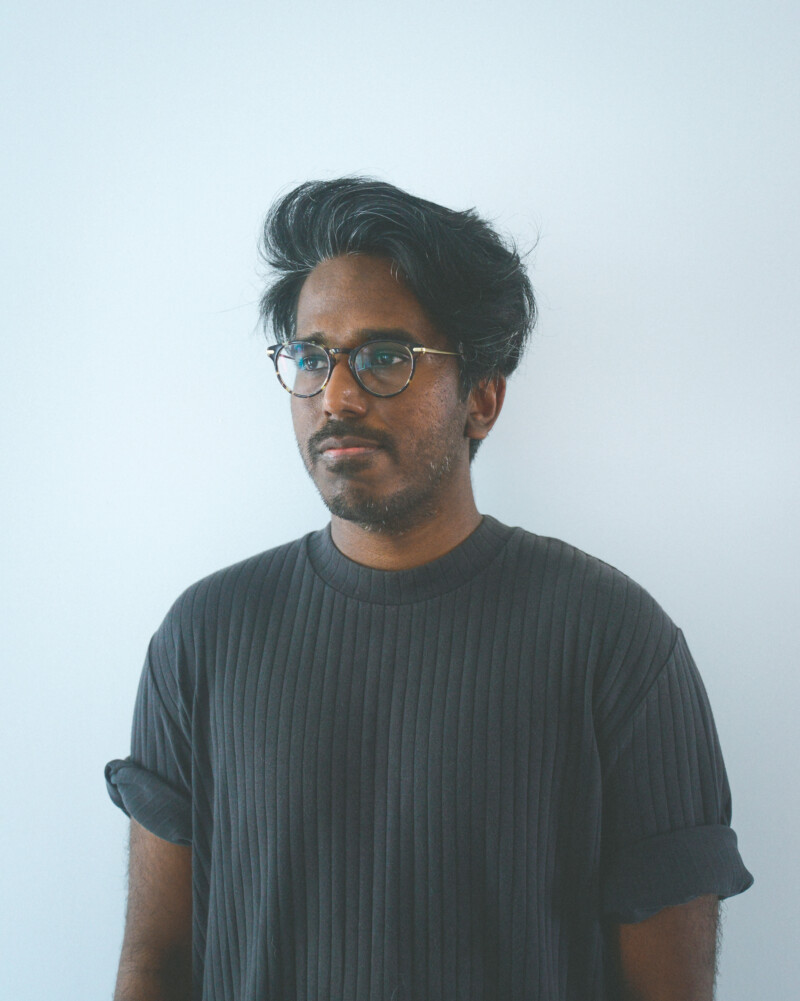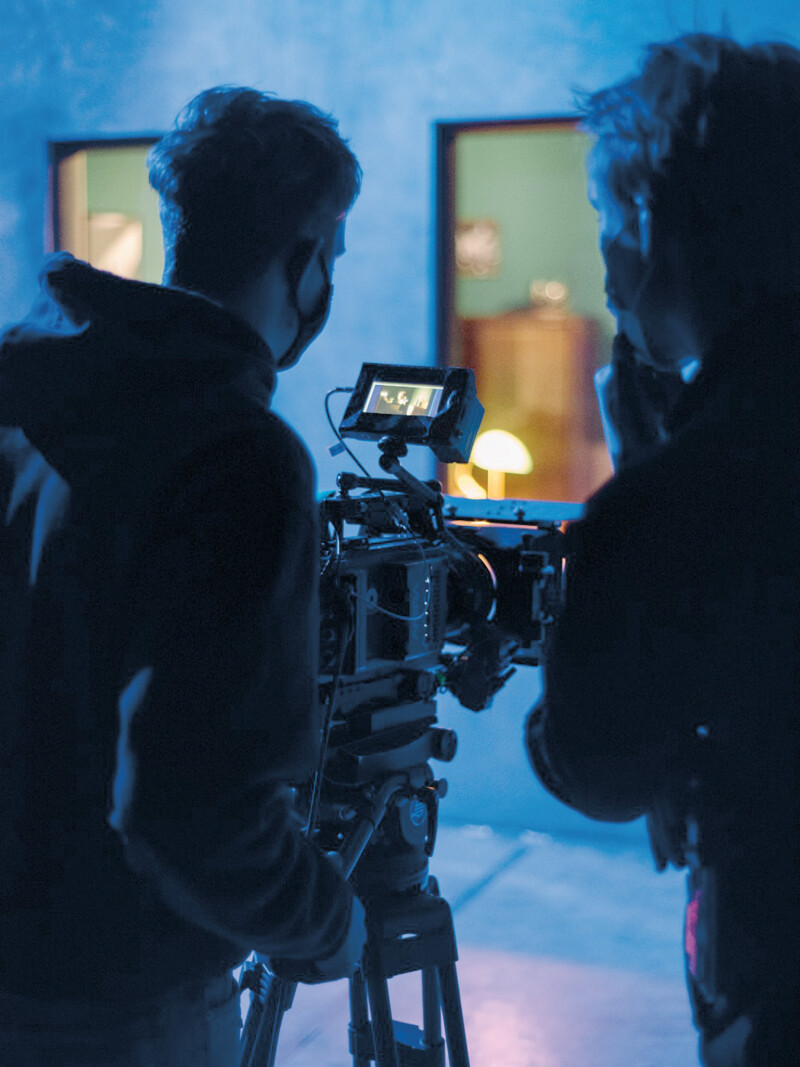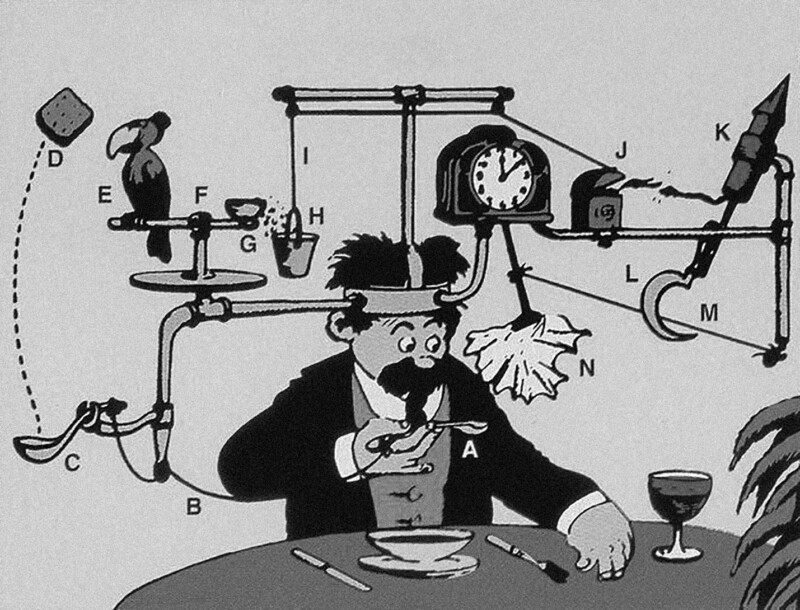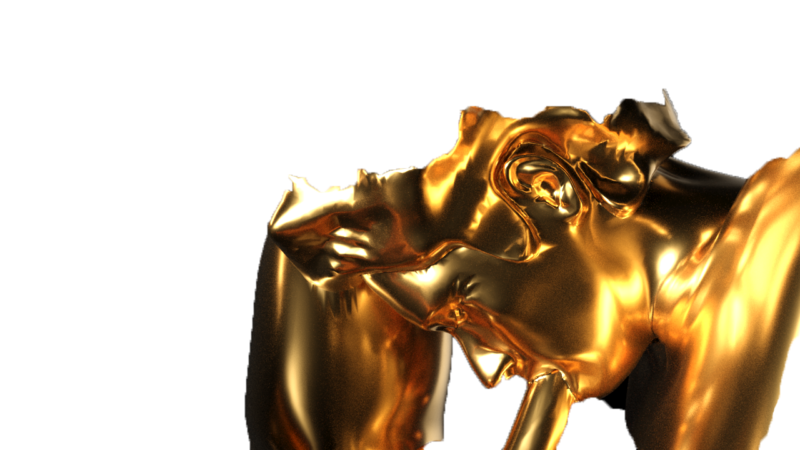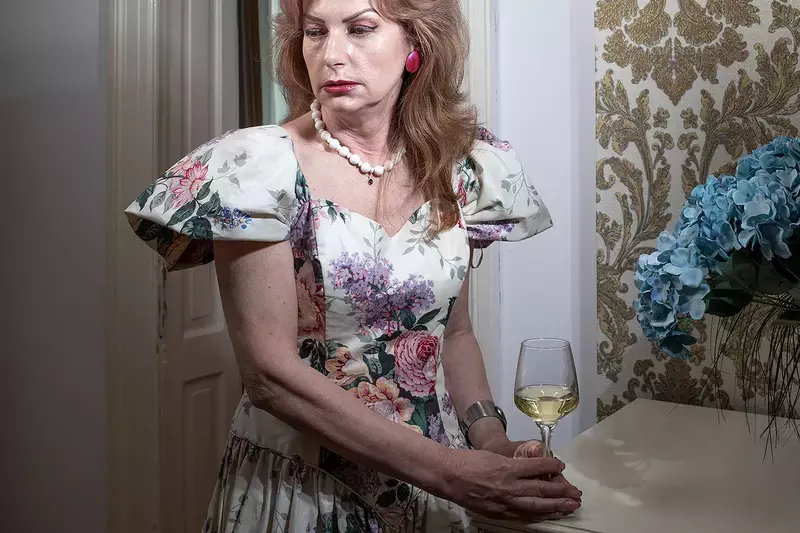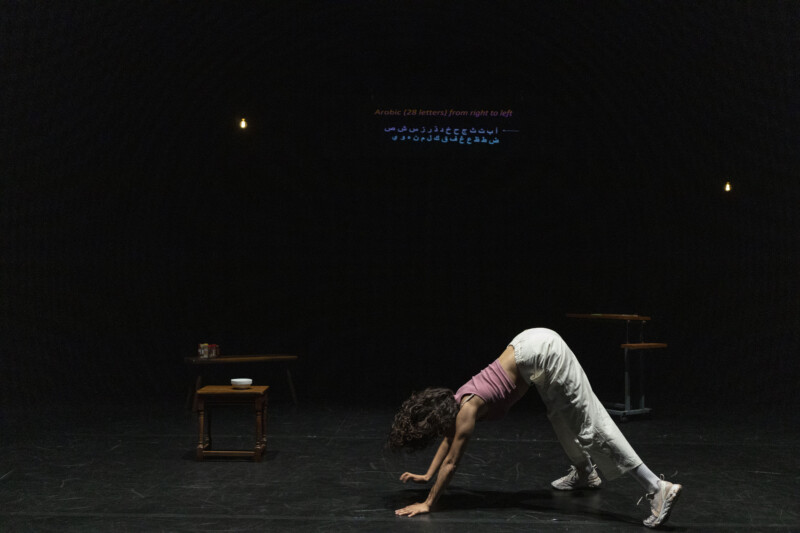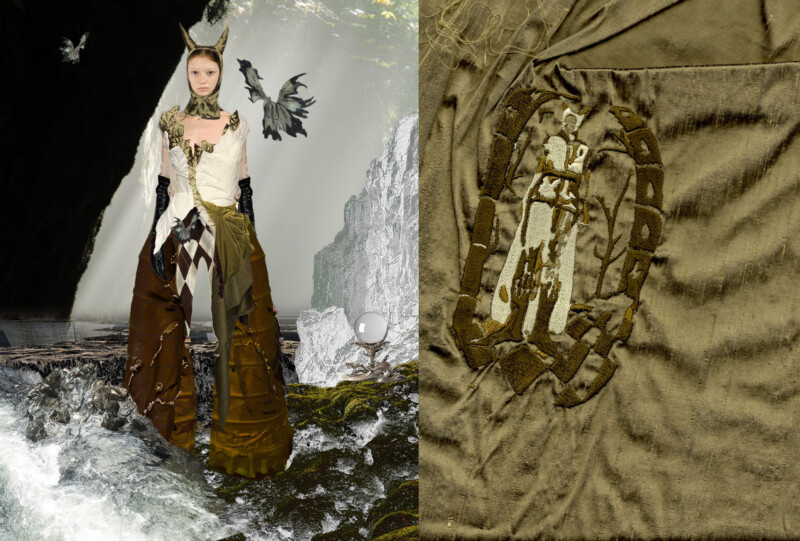MAP#130: Teodora Oita & Kei Sendak, I cannot translate, I cannot send either
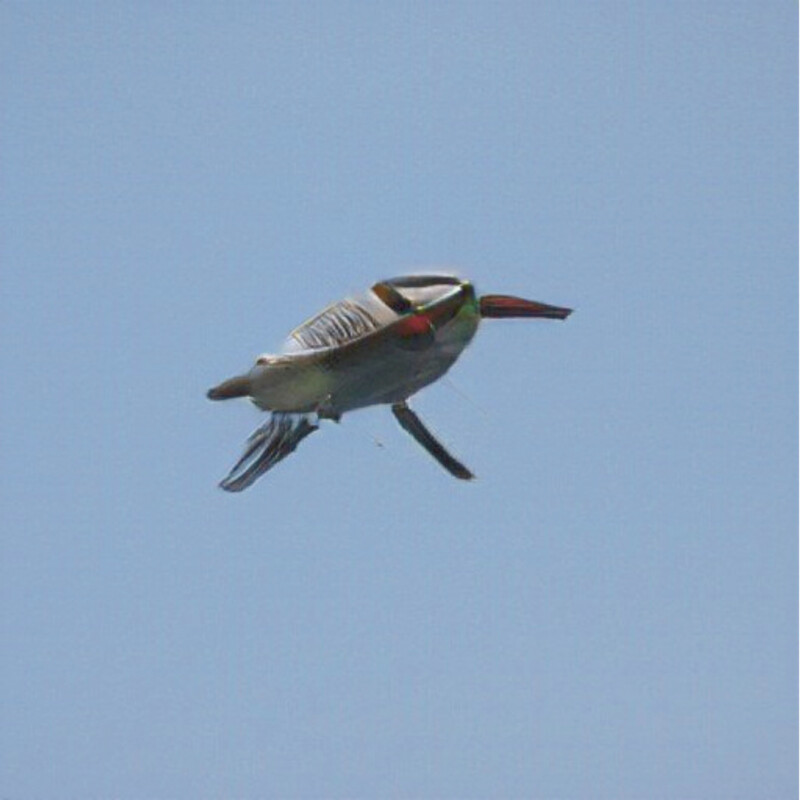
Valentina Bianchi
You used Artificial Intelligence to produce some of your work, feeding it figures of speech and phrases to create new, nonsensical ones (for example: “Music outside the realm of the alphabet is charged with fear.”) or to create uncanny images. What are the advantages of relinquishing control over the process?
Teodora Oita
AI gave me very surprising turns of phrases, a lot of which I wouldn’t have come up with myself, some of them surprisingly poetic. But working with it also made me more conscious about how we as humans interpret (nonsensical) language as opposed to an algorithm’s interpretation of it. I used that to my advantage to curate and edit the AI’s output in order to get the most uncanny phrases. The work subverts the expectations by design (literally) – i.e. because the used sentences are grammatically correct, we might expect them to make sense on some level. Exploiting the viewer’s expectation of design conveying a clear message only sharpens the tension between form and meaning that is present in this work.
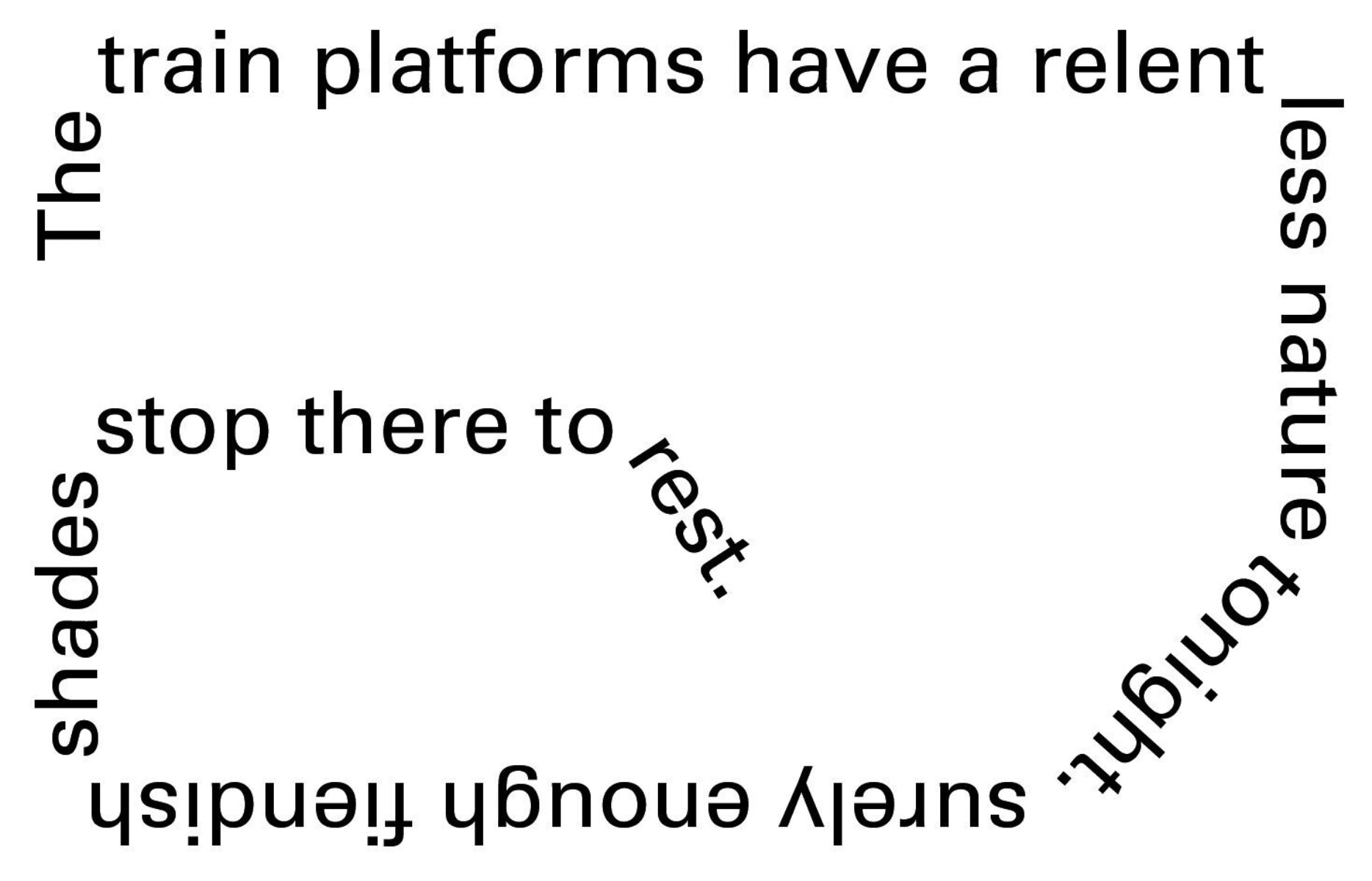
Kei Sendak
I also think AI honors its creator and bears the signs of human inclination in the language it produces. We tend to forget about how much AI is informed by our own way of seeing the world.
Valentina Bianchi
You write poetry adopting strategies that echo both AI-generated text and a more traditional stream of consciousness. How do you go about adapting what you write to different media, like graphic outputs or an installation? Does it change the way the audience might receive your work?
Kei Sendak
When I write I am used to switching between three languages, so converting my ideas in different forms is not something unfamiliar. I am not worried about the audience misunderstanding my work. I don’t think there is one distinct meaning they need to get. Not everything needs to be named. I work forming clusters of associations of images that I can then build following a certain trail of meaning. Different formats and typographies, or even moving images, allow these clusters to take up another kind of space. It is a subtle walk on the line between consciousness and subconsciousness, especially valuing the sense of discovery. The message might not be clear, but it creates an image, which also makes it accessible.
Valentina Bianchi
It’s not rare to hear curators and artists lament the lack of attention of the public, apparently worsened by the (ab)use of phones in exhibition spaces. In your case, erratic, inconstant attention seems to be an advantage to fully experience your work. Do you ever think about how the degree of focus of your public can influence the perception of your work?
Teodora Oita
A viewer who isn’t paying a lot of attention might not immediately notice the weirdness of the work, because of some half-unconscious intuitive interpretation. A viewer who’s paying close attention might not be surprised by the weirdness present here, but they might be more inclined to try to read between the lines. That’s what I find so fascinating.

Valentina Bianchi
It’s not rare to hear curators and artists lament the lack of attention of the public, apparently worsened by the (ab)use of phones in exhibition spaces. In your case, erratic, inconstant attention seems to be an advantage to fully experience your work. Do you ever think about how the degree of focus of your public can influence the perception of your work?
Teodora Oita
A viewer who isn’t paying a lot of attention might not immediately notice the weirdness of the work, because of some half-unconscious intuitive interpretation. A viewer who’s paying close attention might not be surprised by the weirdness present here, but they might be more inclined to try to read between the lines. That’s what I find so fascinating.
Text: Valentina Bianchi























